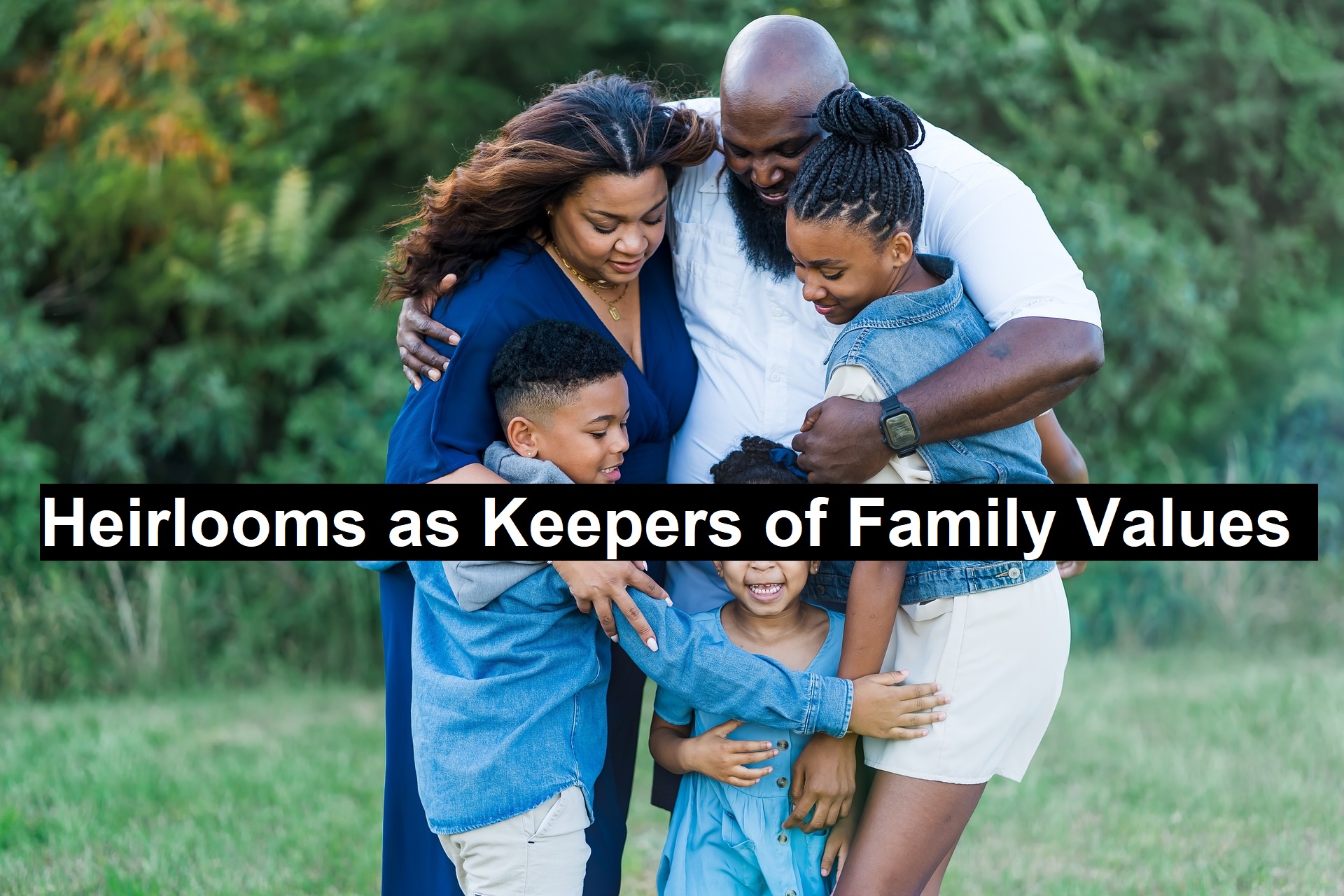Heirlooms as Keepers of Family Values
Heirlooms hold a special place in our hearts as tangible connections to our family’s history and values. These cherished items passed down through generations, carry stories that embody the traditions, struggles, and triumphs of those who came before us. By preserving these heirlooms, we honor our ancestors and instill a sense of identity and belonging in future generations. As we navigate modern life, these artifacts remind us of the core values that define our families, making them invaluable keepers of our heritage.
The importance of family heirlooms
Heirlooms play a crucial role in preserving our cultural and familial legacy. These items serve as a bridge between generations, helping to transmit values, traditions, and life lessons. Each heirloom has a story that provides insight into our ancestors’ lives, from their challenges and achievements to their everyday experiences. Families can maintain a sense of continuity and unity through these items, fostering a deeper understanding and appreciation of their shared heritage. In an age of rapid change, heirlooms offer a stable, enduring link to our past, helping to keep family values alive and relevant.
Read: Hidden Dangers in Household Cleaning Products
The role of grandparents in preserving heirlooms
Grandparents often serve as the primary custodians of family heirlooms, acting as bridges to our past. Their firsthand accounts and personal stories enrich the significance of these items, providing context that written records cannot capture. Grandparents foster a sense of pride and connection in younger generations by sharing the histories behind each heirloom. Their role in preserving these artifacts ensures that family traditions and values are not lost but cherished and remembered. Through their stewardship, heirlooms become more than just objects; they transform into living narratives of the family’s journey and legacy.
Heirlooms as a means to teach family values
Heirlooms serve as powerful educational tools, conveying family values through the stories and memories they carry. When grandparents and parents share the history of each item, they provide tangible examples of resilience, love, and commitment. For instance, a grandmother’s wedding ring might symbolize enduring love, while a grandfather’s tools can teach the importance of hard work. By connecting these values to real-life objects, family members can learn meaningful lessons that resonate more deeply than abstract concepts, making the values more relatable and memorable for younger generations.
Types of heirlooms and their unique stories
Heirlooms come in many forms, each with its unique story and significance. Jewelry, such as a grandmother’s wedding ring, often symbolizes enduring love and commitment. Like a grandparent’s rocking chair, furniture pieces can evoke memories of shared family moments. A grandparent’s legacy book, filled with handwritten recipes or family stories, becomes a treasured repository of wisdom and traditions. Each item serves a practical purpose and acts as a vessel carrying the emotional and historical weight of the family’s journey through generations.
The process of passing down heirlooms
The Process of Passing Down Heirlooms involves thoughtful planning and open communication within the family. Grandparents and parents can start by identifying meaningful items and documenting their stories. Discussing the significance of these heirlooms with younger family members is important, ensuring they understand and appreciate their value. Some families may create a formal plan detailing who will inherit each item. To reinforce their importance, others might pass down heirlooms during special family gatherings or milestones, such as weddings or births. This intentional approach ensures that the treasures and the values they represent are preserved for future generations.
Modern challenges in preserving heirlooms
In today’s fast-paced and digital world, preserving heirlooms faces unique challenges. The transient nature of modern living, with frequent moves and downsizing, makes it difficult to maintain physical items. Additionally, younger generations may not always see the value in these artifacts, favoring digital memories over tangible ones. Environmental factors such as climate change and natural disasters also threaten preserving heirlooms. Ensuring these cherished items withstand the test of time requires intentional care and a commitment to educating younger family members about their importance.
Creating new heirlooms for future generations
Families can create new heirlooms by choosing meaningful items that reflect their values and experiences. These new treasures can include personalized jewelry, hand-crafted items, or family scrapbooks filled with photos and memories. By deliberately selecting and imbuing new items with significance, families ensure that their evolving story continues to be told. Including younger generations in the creation process fosters a sense of ownership and continuity, ensuring that these new heirlooms will be cherished and passed down, just as the old ones were. This approach keeps the family legacy vibrant and relevant.
Heirlooms are more than just objects; they are the keepers of family values, history, and identity. By preserving and passing them down, we create a bridge between the past and the future, ensuring that our traditions and lessons endure. As we face modern challenges, it is crucial to remain committed to this practice, adapting to new circumstances while honoring the essence of our heritage. Creating new heirlooms can help maintain this connection, allowing each generation to contribute to the family’s story. Through intentional care and storytelling, heirlooms will continue to be cherished symbols of our enduring family values.

